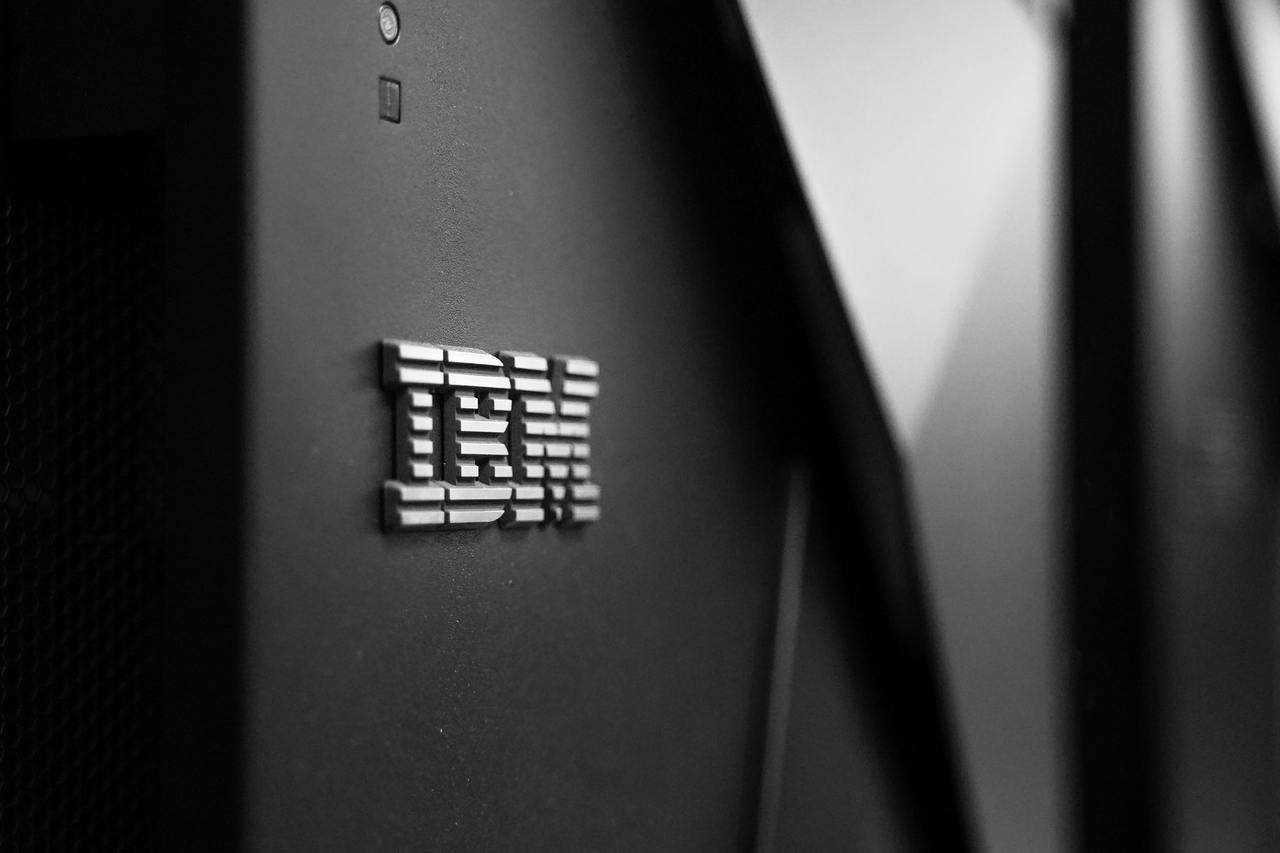Are you interested in learning about the history of cloud computing?
Despite being around for two decades, some businesses continue to operate without it. Most think that this technology isn’t as effective and that their traditional methods of running their businesses are better. This is often because they don’t know much about cloud computing and its history.
Here are some facts about it that you may find interesting. Read on to learn about the interesting history of computing in the cloud.
1. Plus-Sized Computers

In 1955, the best computer used for business was the IBM 702. Unlike its predecessor that specializes in scientific computing, 702 is best for business computing because it uses magnetic tapes as its form of storing data.
IBM 702 is not cost-friendly because of the huge square foot space it occupies. Despite the cost, though, businesses wanted these machines to perform certain tasks. These tasks were often calculating large numbers without human error.
2. Development of a Network-based Computing
For businesses to afford and access these computing networks, they created “service bureaus.” The service bureaus made it possible for people to share the same central computer. They also handled managing, maintenance, and scheduling users.
In 1963, the Defense Advanced Research Project Agency funded the development of computers. This is how technology pushed through to allow two people to use a computer with no issue. This led people to work and produce more results faster.
This is also the time where the term virtualization is first used. Being in the earlier stages, though, people didn’t have a way to put the concept to reality.
3. The Intergalactic Computer Network

Network-based computing, also known as cloud computing, needs access to the Internet. In 1969, ARPANET (Advanced Research Projects Agency Network) developed a primitive version of the Internet. They received help from an American psychologist and computer scientist, Joseph Carl Robnett Licklider, known as JCR or “Lick.”
JCR promoted the vision called “Intergalactic Computer Network”. This was a means for everyone to connect through computers. The idea was for everyone to be able to access information without any restrictions.
4. The Rise of Virtual Computers
The meaning of virtualization shifted to the creation of virtual machines that act like a real computer. The concept is then enhanced with the help of the Internet. Businesses began to offer virtual private networks as a rentable service.
Know as virtual computers, or Virtual Private Networks became popular in 1990. VPN is an alternate data transport service that doesn’t use the public Internet. This is what makes it secure because it needed no data encryption.
By the late 1990s, the worldwide web and its first browser made the Internet available for commercial use. The Internet grew in popularity and businesses gained a better understanding of its use.
5. 2002 Amazon Web-based Retail Service

The next breakthrough in cloud computing happened in 2002. This is when Amazon introduced Amazon Web Services or AWS. Amazon did not expect the success of AWS as it is only planned to be a side business.
Because of this, Amazon wasn’t fast enough to capitalize and modernize this service. It was only 4 years later when Amazon launched a full version of AWS and renamed it Amazon Elastic Compute Cloud.
6. Launch of Google Docs Services
After the launch of Amazon Web Services, Google Docs followed. Google Docs was a combination of two products, Google Spreadsheets, and Writely. Both had the ability to save, edit, and transfer data to a blogging system.
Google Docs is an Internet-based program that also allows users to develop, update, edit spreadsheets to share online. It’s also an example of “killer apps” that assure business owners a stable and reliable cloud network.
The term Cloud Computing is now used in the modern context. Although the notion is already used before 1960. It’s made official after Google CEO Eric Shmidt used it at a conference.
Also, 2007 is the year Netflix launched its streaming video services. It used AWS cloud services and supports the practice of binge-watching.
7. NASA Nebula

2008 is the year NASA’s introduced OpenNebula. It’s an open software for deploying Private and Hybrid clouds, whose’ feature mainly focuses on the needs of major businesses.
OpenNebula has 100 open source releases and more than 10 years of research. This helps more people with the development of scalable management. It also made virtual machines more efficient with their processes.
8. iCloud
After the success of AWS, IBM and Apple joined the bandwagon. IBM introduced the IBM SmartCloud framework for IT infrastructure. A cloud infrastructure that focuses on computing resources.
Apple followed suit and launched iCloud in 2011. This was a service that specialized in storing personal information like photos, videos, or art. People never had something this convenient before, and they loved the idea.
This is also the year other companies like Microsoft introduced cloud storage with the same purpose. These allowed some people to use them as small business cloud solutions.
9. 2012 oracle cloud

In 2012, Oracle introduced Oracle Cloud. It specialized in other uses of cloud services. Oracle offers three basic business uses, IaaS, PaaS, and SaaS.
The cloud services include Infrastructure-as-a-service. This improves basic computing capacity.
Platform-as-a-service allowed the writing of software for computer systems. This made it possible to create software for unique business purposes.
10. 2013 Mobile Banking
In 2013, mobile banking became a thing on the Internet. Banking has the most activity in the history of cloud computing. Customers loved the convenience brought by being able to do it no matter where they are.
Crowdfunding and money management services like PayPal followed the release of mobile banking.
This made paying for services and products easier through mobile devices. This also includes virtual currencies like Bitcoin and online stockholdings.
Cloud computing that facilitates bank improves development. This shows that the trend of cloud computing for banking is only projected to continue.
Know your History of Cloud Computing Today!
Knowing the history of the cloud is beneficial as it shows you the development of cloud computing, how it affects our daily life, and how it can improve the future.
Do you want to learn more about cloud computing? Now that you know about the history of cloud computing, you may want to know about its applications. Check out more of our blogs to learn all you can learn today!
